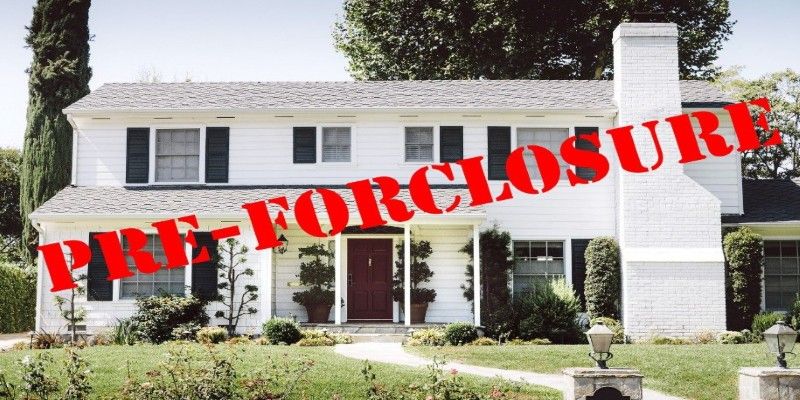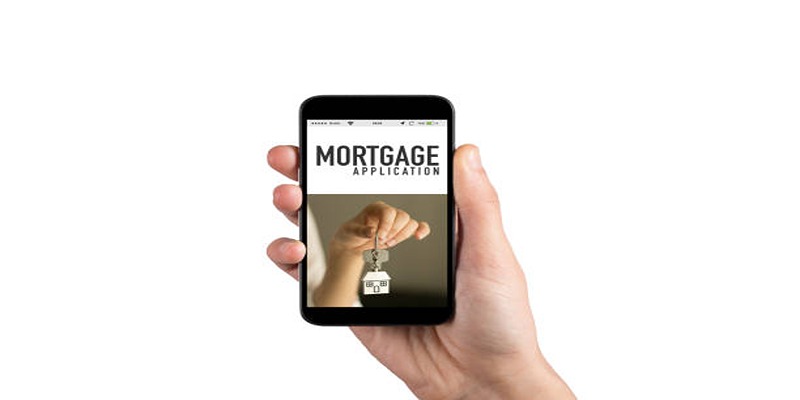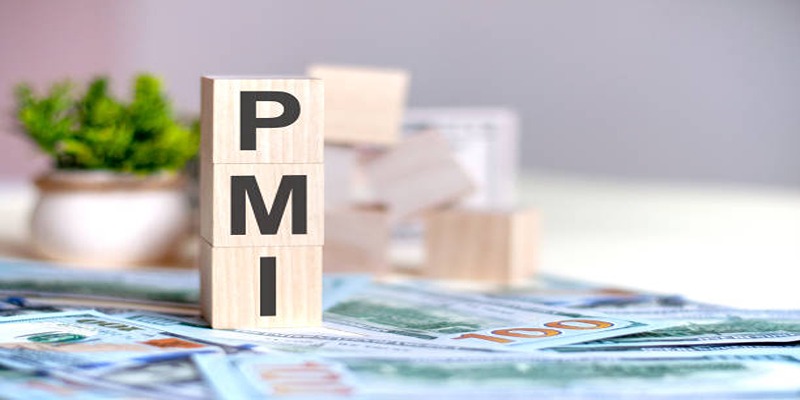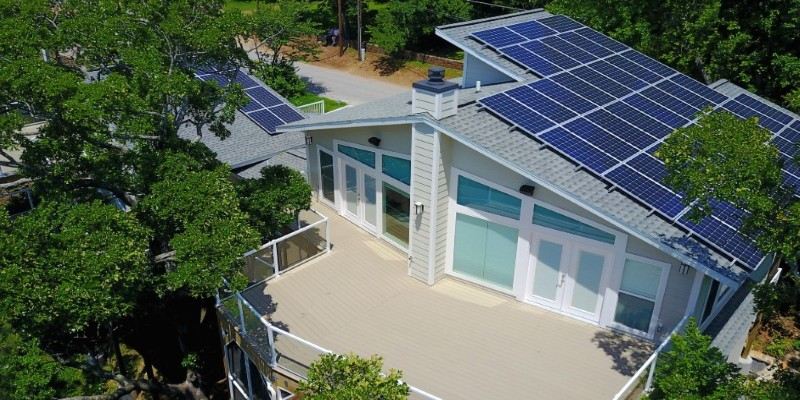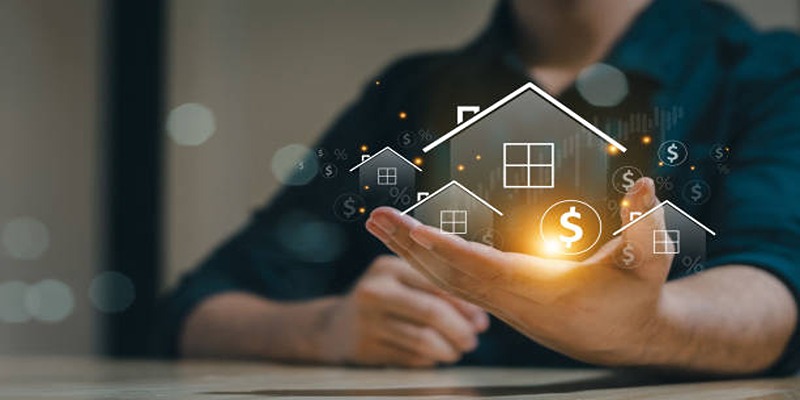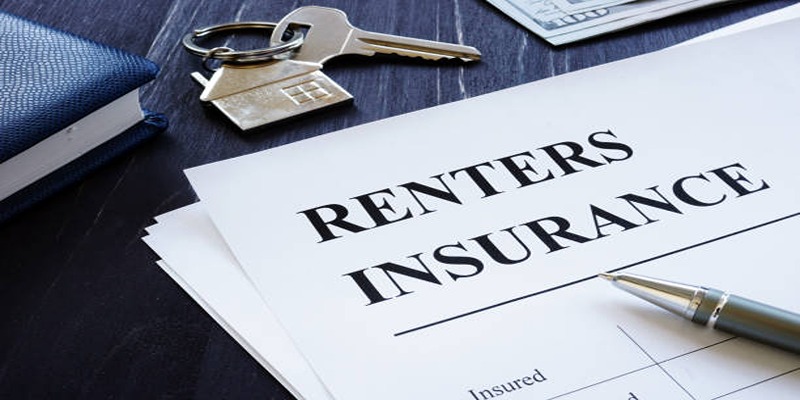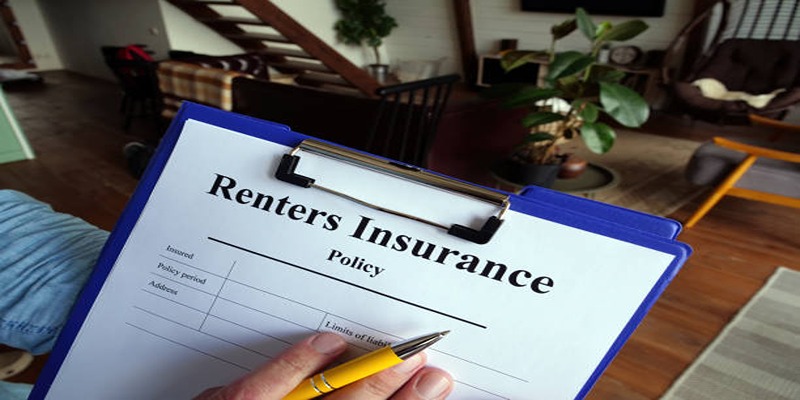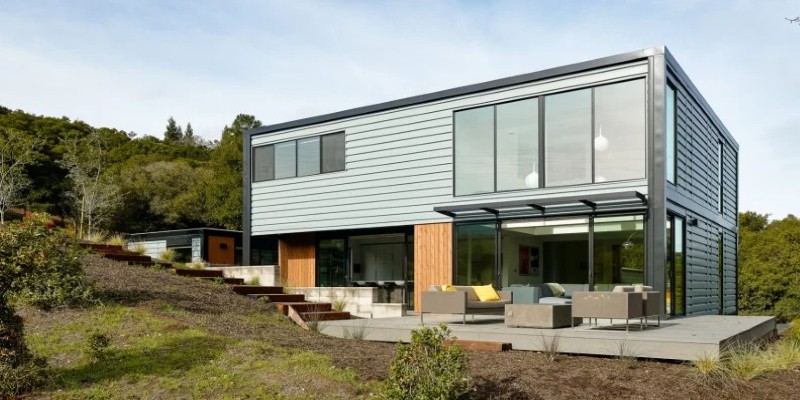Prefab homes used to be what people whispered about, like some odd DIY trend for folks who didn't want a "real" house. But that's changed. These days, you can drive through a neighborhood and not even realize half the homes were built in a factory and assembled on-site. Some look ultra-modern. Others blend right in with traditional builds. They're no longer just cabins or boxes—they're a serious option for anyone considering building a home.
But just because something's faster or cheaper doesn't mean it's best for everyone. Prefab homes come with quirks and trade-offs, and it helps to know what you're walking into before committing. This isn't a blanket yes or no. It's about weighing the pros and cons and determining what matters most to you.
Pros of Prefab Homes
Shorter Build Time
Traditional homes can take months—sometimes over a year—to finish. Prefab homes move much faster. Since most parts are made in a controlled factory setting, construction doesn't stop because of rain or snow. While the foundation is poured on your land, the rest of your house is built elsewhere. Once it's delivered, it's usually just a few weeks before it's ready to live in.
For people who don’t want to be stuck in limbo—paying rent or juggling temporary housing—speed matters. With prefab, you can go from planning to moving in without waiting forever.
Lower Costs
Prefab homes often cost less than traditional builds. Labor expenses are lower, material waste is reduced, and factory production is more efficient overall. This doesn't mean you'll get a home for dirt cheap, but the savings can be significant, especially for smaller or more straightforward designs.

For first-time homeowners, downsizers, or folks trying to stick to a tighter budget, prefab can be a real alternative to rising real estate prices or the risks of fixer-uppers.
Quality Control
Building in a factory setting allows for a higher level of consistency. Materials are stored indoors, away from the elements, and workers follow standardized processes. There’s less room for on-site error, and inspections happen throughout the process.
This doesn’t mean every prefab is flawless, but many companies now offer designs that meet or exceed building codes. You can expect reliable structure and insulation without surprises halfway through the project.
Eco-Friendly Options
Prefab construction is often more sustainable. Since builders can plan better in a factory, there’s usually less material waste. Some models are designed with energy efficiency in mind, using better insulation, tighter seals, and even solar panels.
If you care about your home's footprint or just want lower utility bills down the line, there are prefab options that balance both.
Flexibility in Design
You’re not stuck with one layout. Many prefab builders offer a variety of plans, and you can often tweak elements to suit your taste. Want more windows? A different kitchen layout? It's possible.
While custom homes can take months to design and years to build, prefab lets you find a middle ground: personalization without the endless delays.
Cons of Prefab Homes
Land Is Not Included
Buying a prefab home is just one piece of the puzzle. You'll still need to purchase land, which comes with its costs, zoning rules, and sometimes unexpected headaches. Not all plots are suitable for prefab homes, and some local governments have tight regulations.
People sometimes underestimate how tricky the land process can be. And even if the home is more affordable, the land might tip the scales back up.
Upfront Costs Can Be Steep
While the total cost might be lower, you may have to pay more upfront. Prefab companies often require larger down payments because they build everything before delivery. You'll also need to coordinate with other contractors for groundwork, utility hookups, and possibly a crane to place the home.
Traditional mortgages can also be harder to get for prefab homes. Some lenders aren't as familiar with the process, so you might have to hunt for financing.
Limited Customization (In Some Cases)
Yes, prefab homes are customizable—but only to a point. Most companies work from pre-designed templates, and while you can change materials or room layouts, you might not get the same freedom you’d have with a fully custom build.
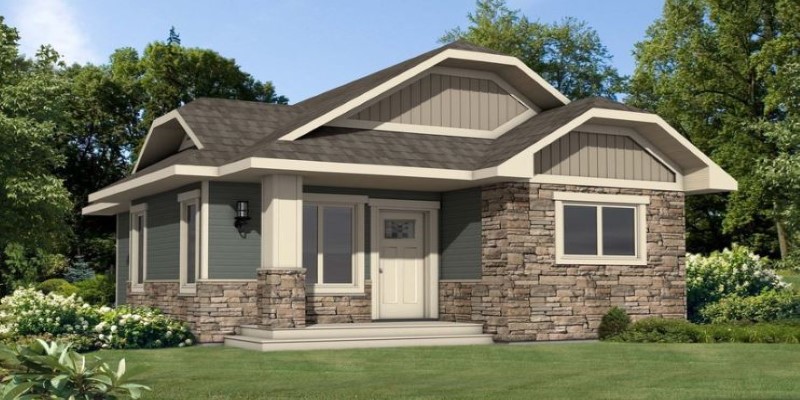
If you dream of a truly one-of-a-kind home, a prefab may feel a little boxed in. The more you want to change the plan, the less cost-effective and efficient the process becomes.
Shipping and Setup Challenges
Once your home is built, it must be transported to your site. That's not always easy. Delivery can be delayed if roads are hard to access or the weather doesn't cooperate. Setting the home on its foundation requires precise timing and coordination.
Even though the idea is to "build fast and move in," unexpected setup issues can slow things down or add extra expenses.
Resale and Perception Issues
Some buyers still hesitate when they hear "prefab." Even if the home is well-built, there can be a lingering perception that it's less valuable or durable than a traditional home. Depending on where you live
, that can affect resale value.
Real estate agents may undervalue the property in areas where prefab homes aren't common. This isn't a dealbreaker, but it's something to consider if you plan to sell down the line.
Conclusion
Prefab homes offer a faster, often more affordable path to homeownership, with solid quality and eco-friendly options. They’re not perfect—you still need to handle land, permits, and setup—but the trade-offs are worth it for many. If you're looking for a home that skips long build times and fits a tighter budget, prefab is worth considering. Just make sure to do your research, especially on zoning and financing. Talk to others who've gone through the process and get a full picture before jumping in. A prefab home isn't for everyone, but it can be a smart move for the right person.


